The cryptocurrency mining landscape is constantly evolving, and choosing the best GPUs for mining Bitcoin and Ethereum in 2025 requires careful consideration. This article will explore the top-performing graphics cards expected to dominate the market next year, analyzing their hash rates, power consumption, and overall profitability for mining both Bitcoin and Ethereum. We’ll delve into the specifics of each GPU, helping you make an informed decision on which model best suits your mining needs and budget in the ever-changing world of cryptocurrency mining.
Why GPU Mining is Still Profitable
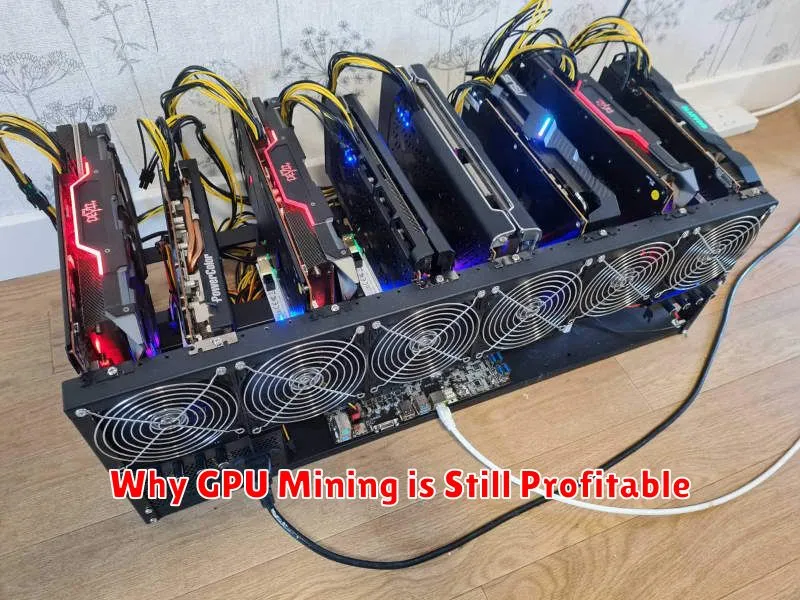
While Bitcoin mining has largely transitioned to ASICs, GPU mining remains profitable for certain altcoins. The lower hash rate requirements of many altcoins make GPU mining a viable option, especially for those with existing hardware.
Profitability depends on several factors, including the price of the cryptocurrency, the difficulty of the mining algorithm, and the cost of electricity. However, the relatively lower barrier to entry compared to ASIC mining, and the potential for diversification across multiple altcoins, makes GPU mining an attractive prospect for some.
Furthermore, the development of new and innovative algorithms and cryptocurrencies specifically designed for GPU mining continues to sustain profitability. These coins often reward GPU miners for their computational power, creating opportunities even as the Bitcoin mining landscape changes.
Ultimately, the profitability of GPU mining is a dynamic situation dependent on market fluctuations. Careful research, monitoring of mining pools, and a well-informed approach are crucial for success.
Top 5 GPUs for Bitcoin Mining
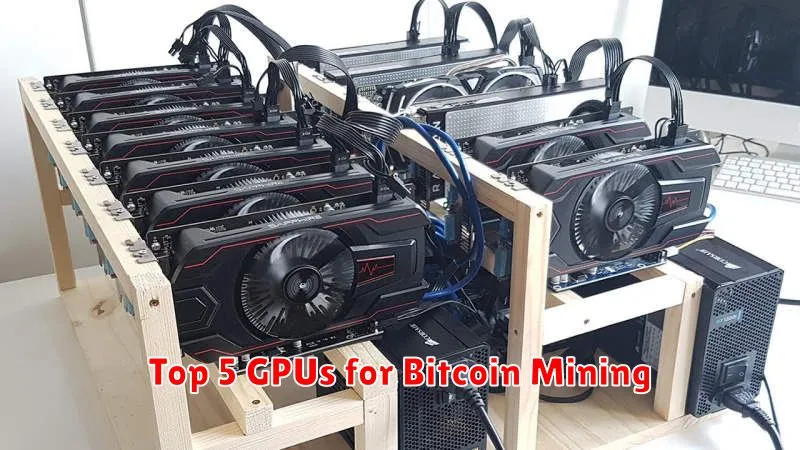
While Bitcoin mining is increasingly dominated by ASICs, GPUs still hold a niche, particularly for smaller-scale operations or those exploring alternative mining algorithms. Choosing the right GPU depends on factors like hash rate, power consumption, and price-to-performance ratio. Note that profitability fluctuates significantly based on Bitcoin’s price and network difficulty.
This list focuses on GPUs with a good balance of these factors, suitable for Bitcoin mining in 2025 (availability and exact performance may vary):
-
Nvidia RTX 4090: Offers a high hash rate but comes with a significant price tag and high power consumption. Suitable for those prioritizing raw mining power.
-
AMD Radeon RX 7900 XTX: Provides a strong balance between hash rate and power efficiency, representing a more cost-effective option compared to the RTX 4090.
-
Nvidia RTX 4080: A step down from the 4090, offering a good compromise between performance and price. Power consumption is still relatively high.
-
AMD Radeon RX 7800 XT: A more budget-friendly option that still offers decent performance, suitable for those with tighter budgets.
-
Nvidia RTX 3080 (used): While an older generation card, used RTX 3080s can be found at more affordable prices, providing a viable entry point for smaller-scale mining.
Disclaimer: Mining profitability is highly volatile. Thoroughly research current mining profitability before investing in hardware.
Best GPUs for Ethereum Mining
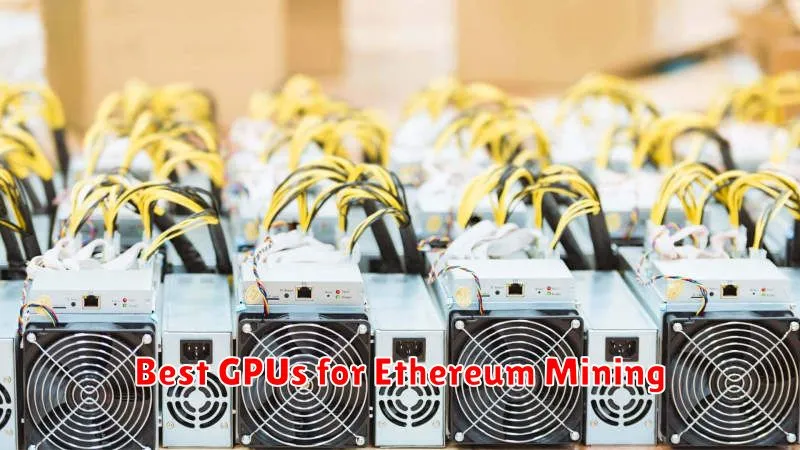
While the profitability of Ethereum mining has fluctuated, high-end GPUs remain the most efficient tools for the process. By 2025, the landscape may shift depending on technological advancements and Ethereum’s evolution, but certain characteristics will likely remain crucial.
High memory bandwidth and high memory capacity are essential for handling the complex calculations involved in Ethereum mining. GPUs with ample VRAM (Video Random Access Memory), such as 24GB or more, will generally outperform those with less. Hash rate, measured in MH/s (Megahashes per second), directly impacts mining efficiency; higher is better. Look for cards with proven high hash rates for Ethereum algorithms.
Specific models may change due to market availability and new releases, but prioritizing these key specifications will help you select a GPU well-suited for Ethereum mining in 2025. Always check current benchmarks and reviews to assess the performance of specific GPU models before making a purchase.
Consider factors beyond raw performance like power consumption and cooling solutions. Efficient cooling is crucial for maintaining optimal performance and preventing overheating, which can damage the GPU. A card with effective cooling and reasonable power draw will contribute to profitability.
Optimizing Power Consumption and Hashrate
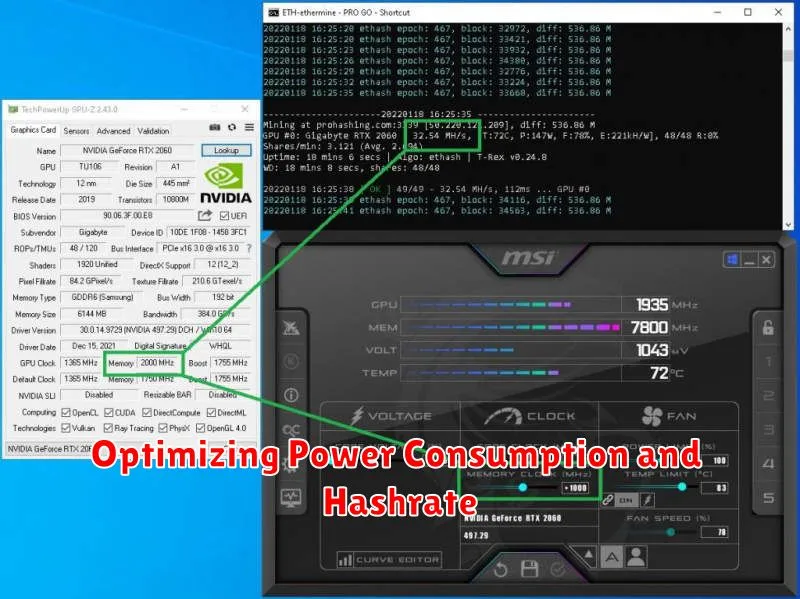
Power consumption and hashrate are crucial factors in GPU mining profitability. A high hashrate means more mining potential, but excessive power consumption offsets gains. Optimization requires a balance.
Overclocking can boost hashrate, but increases power draw. Careful, incremental overclocking using monitoring software is key. Excessive overclocking leads to instability and potential hardware damage.
Cooling significantly impacts both hashrate and power efficiency. Adequate airflow and potentially custom cooling solutions (like water cooling) can prevent thermal throttling, maintaining optimal performance at lower temperatures and reducing power draw.
Efficient mining software plays a role. Software that effectively manages GPU resources and minimizes unnecessary processes contributes to power savings without sacrificing hashrate. Regular software updates are important.
Power supply selection is vital. Using a high-quality power supply unit (PSU) with sufficient wattage and stable voltage output ensures reliable power delivery to your GPUs, preventing crashes and maximizing efficiency.
Ultimately, optimizing power consumption and hashrate involves a careful consideration of these factors to achieve maximum profitability. Experimentation with settings, constant monitoring, and utilizing appropriate tools are necessary for achieving the ideal balance.
How to Set Up a Mining Rig
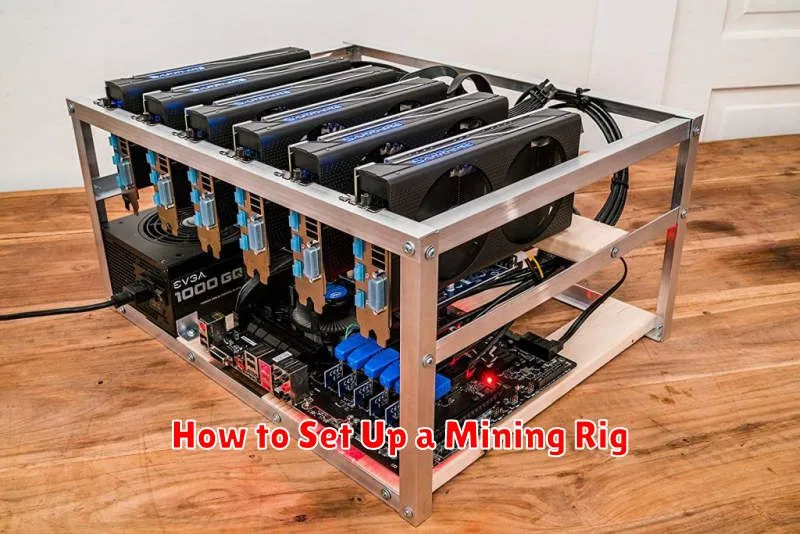
Setting up a mining rig involves several key steps. First, you need to acquire the necessary hardware, including GPUs (graphics processing units), a motherboard, CPU, RAM, power supply, and a mining frame or case. The choice of GPUs will significantly impact your mining efficiency; research which GPUs are best suited for your chosen cryptocurrency.
Next, assemble the rig. This usually involves installing the GPUs into the motherboard’s PCI-e slots, connecting the power supply, and mounting the components securely in the frame. Ensure proper airflow within the case to prevent overheating.
After assembly, install the necessary software. This includes an operating system (like Windows or Linux) and mining software specific to the cryptocurrency you wish to mine. Configure the mining software to connect to a mining pool to maximize your earnings.
Finally, monitor your rig’s performance. Keep an eye on temperatures, hash rates, and power consumption. Regular maintenance and cleaning are essential for optimal and sustained performance.
Remember to factor in electricity costs when calculating profitability. High electricity prices can significantly reduce the return on investment from mining.

